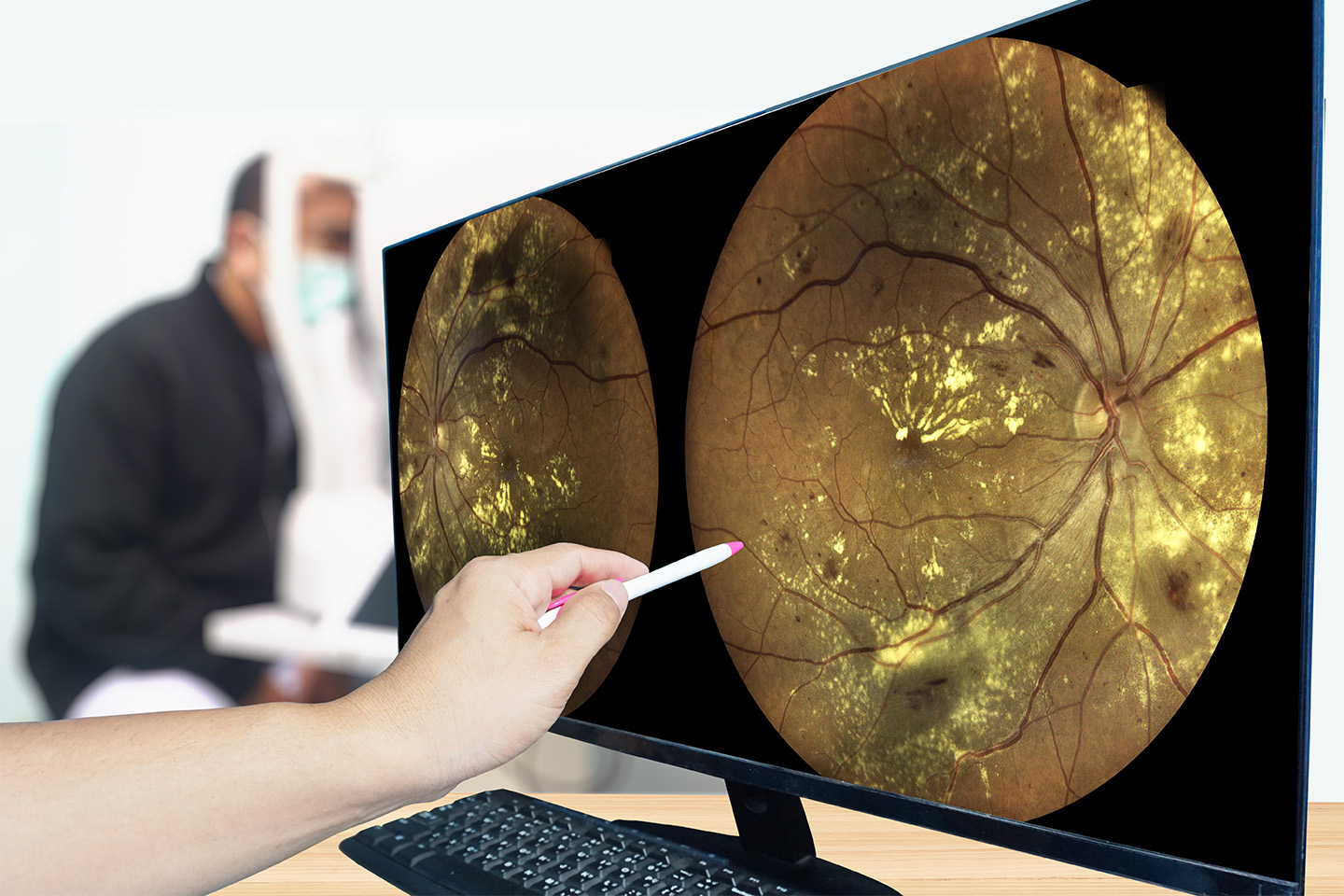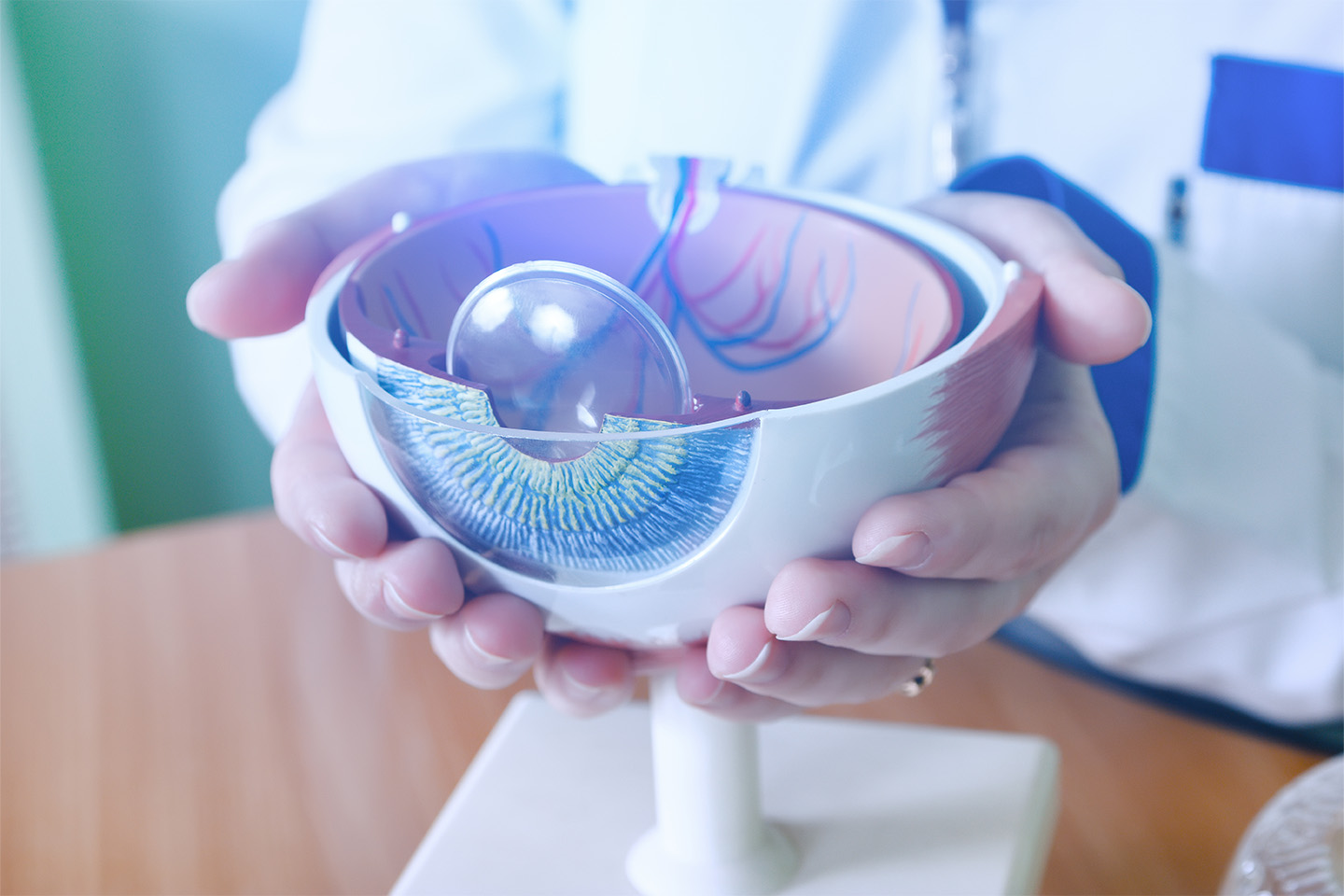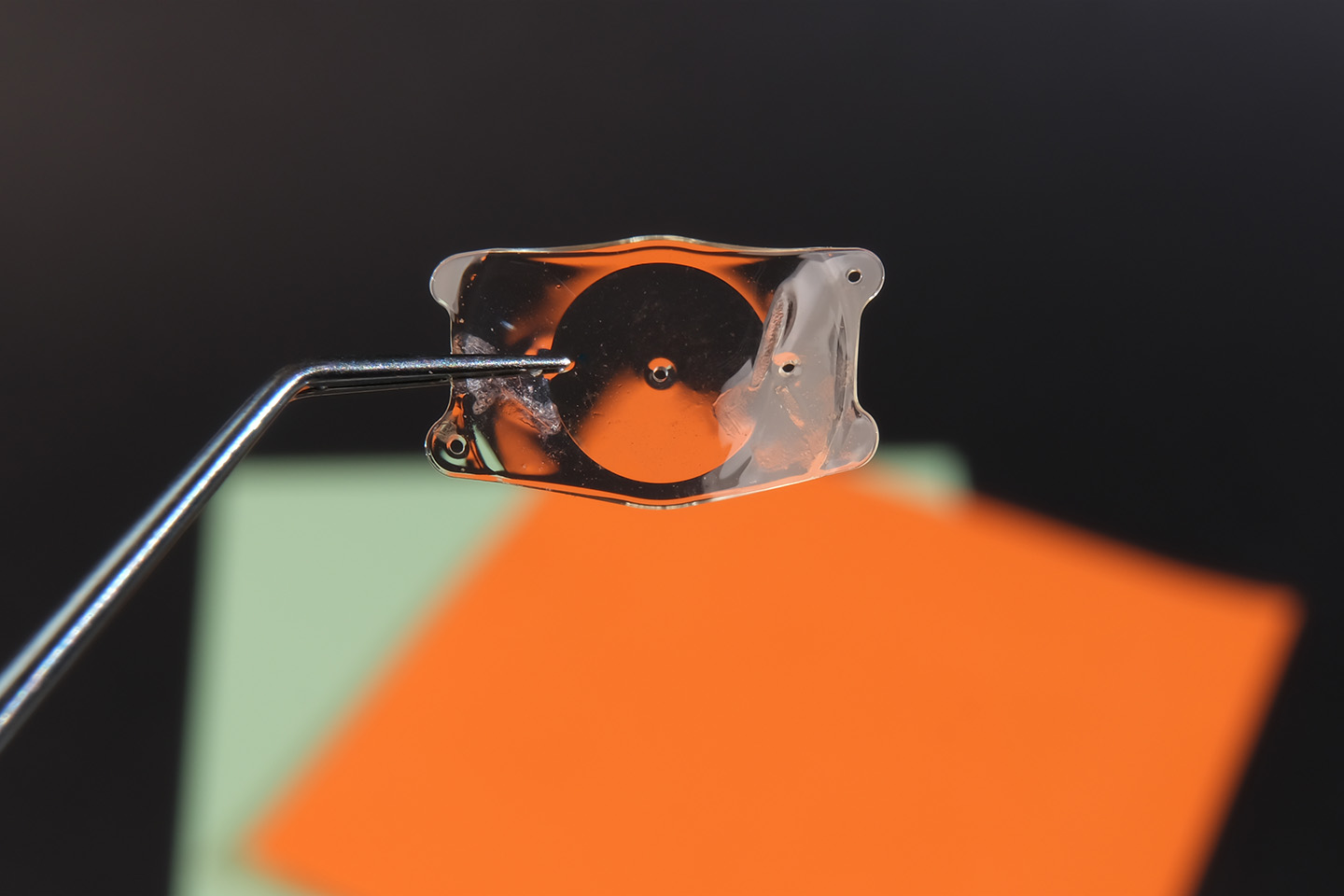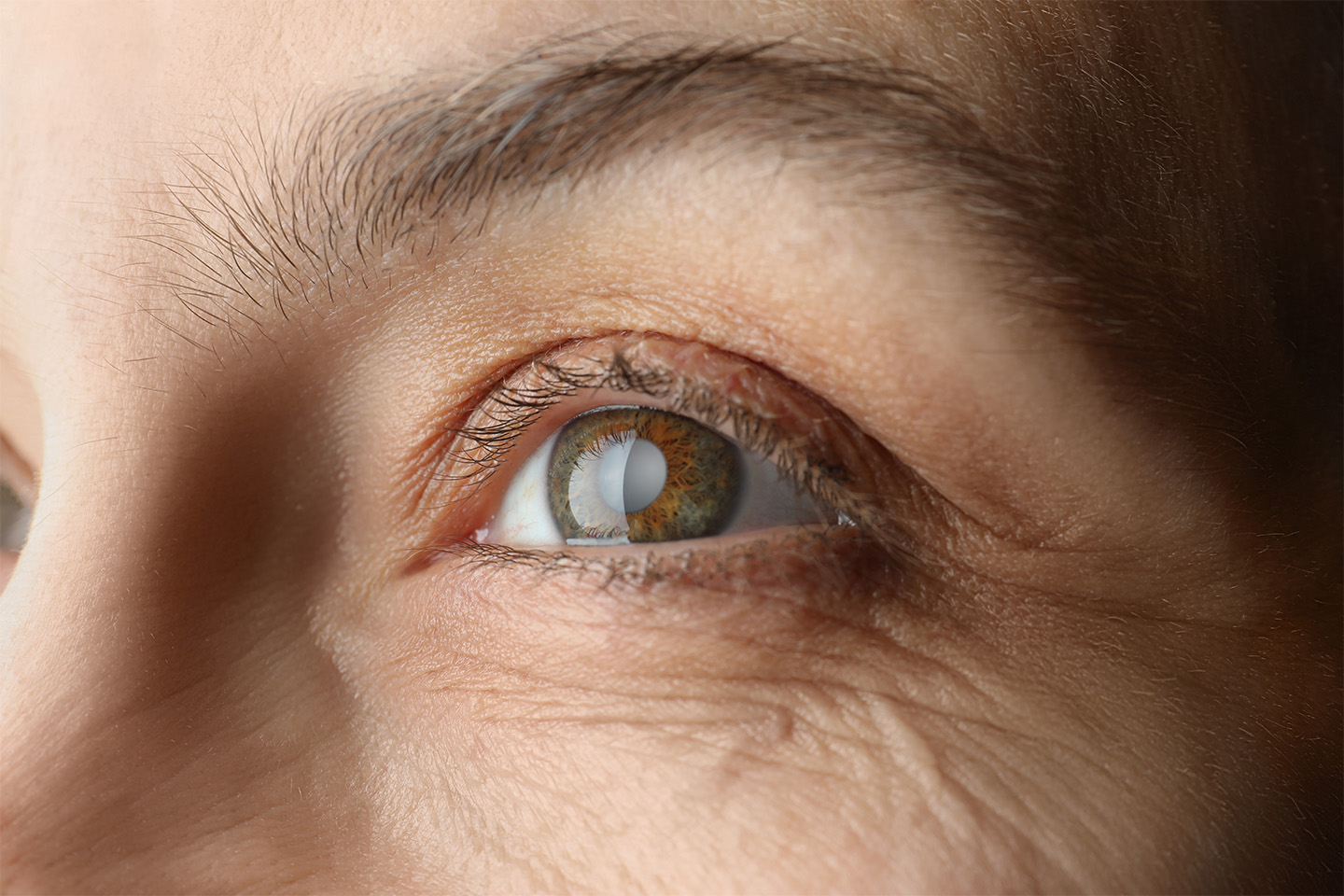Don’t Panic: Some Blurred Vision After LASIK Is Normal

Worried about what happens after LASIK vision correction surgery? Here’s what you need to know to take the uncertainty out of the recovery process.
As safe and effective as LASIK surgery has become, making a full recovery from any surgical procedure takes time, and we want you know to know what to expect after the procedure. Many patients’ vision starts to return to normal within 48 hours, though others’ can take up to a week to seem right. While you may be alarmed by some of the symptoms you experience in the immediate aftermath of LASIK surgery, many of these side-effects are quite normal and eventually recede.
Your ophthalmologist will explain what to expect in the hours and days following your procedure, and you should always heed their advice regarding post-operative treatments and precautionary steps for accelerating the healing process.
LASIK’s Most Common After-Effects
In the two to three hours immediately after surgery, your vision will be blurry. Although your eyesight will greatly improve within 24 hours, you may still experience intermittent blurriness and fluctuations in your vision for some time as your eyes adjust to the reshaped cornea. Generally speaking, it will take between three and six months for your eyes to fully heal, and it’s not unusual to encounter minor lingering side-effects during this period.
Many patients notice halos around lights (particularly when driving at night), though these halos typically disappear within six months. Other after-effects from the surgery might include dark red spots in the whites of your eyes and/or dryness or scratchiness in your eyes. These conditions tend to dissipate within weeks.
Of course, the magnitude of your post-LASIK improvement will depend on your pre-op visual acuity. For example, people undergoing LASIK correction for farsightedness might initially see proximate items clearer than distant ones, but will find that their long-range vision sharpens in about a month.
Further, if you required a strong eyeglass prescription prior to the operation, your vision may take longer to completely correct. As your vision begins to improve, you might still want to wear glasses while driving at night to help you see greater distances.
What You Should Do After LASIK Surgery
![]()
After the procedure, your doctor will recommend a set of best recovery practices to which you should adhere in order to promote healing. The most common dos and don’ts for LASIK patients include:
- Do wear eye guards at night for a week after the surgery so you don’t inadvertently rub the delicate eye area while you sleep.
- Do use the eye drops your doctor prescribes to counteract dryness and prevent infection and inflammation.
- Don’t go into areas where you may encounter a lot of dust or smoke, as these substances can irritate the eyes.
- Don’t immerse your head in a swimming pool or hot tub since chlorinated water may inflame the eyes.
- Don’t apply makeup or lotion to the eye area for at least a week, as you don’t want to put undue pressure on the eyes as they heal.
Finally — and arguably most importantly — be sure to schedule follow-up visits with your doctor at regular intervals to ensure your eyes are mending properly. LASIK is one of the safest medical procedures, but at any point during the recovery period you feel your eyesight hasn’t returned to normal, or if you experience unusual symptoms, contact your ophthalmologist immediately.
At ICON Eyecare, our staff has years of experience performing LASIK surgeries, and always makes a concerted effort to walk every patient through the details of the procedure itself and the recovery process. Book an appointment today to begin your journey to better vision.
[DISPLAY_ULTIMATE_SOCIAL_ICONS]








